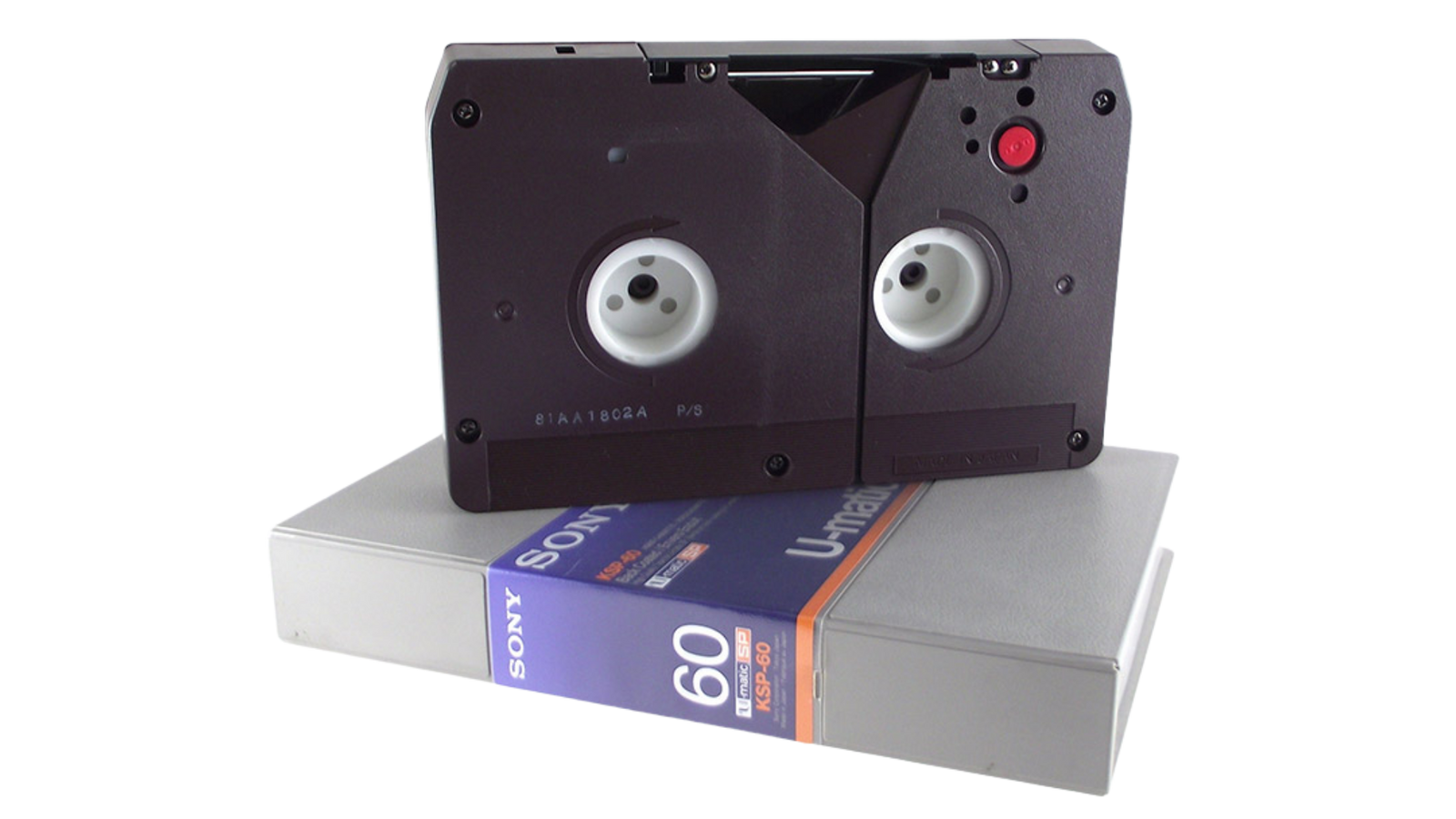What Is a U-matic Tape?
U-matic was one of the first videotape formats to use cassettes instead of open reels. Launched by Sony in 1971, it was considered groundbreaking—especially for schools, broadcasters, and corporate training rooms. With a rugged plastic shell and 3/4-inch-wide tape inside, U-matic made video editing easier, more portable, and more practical.
You might recognize them as bulky gray or black cassettes with a distinctive top-loading design. They were often recorded on cameras like the Sony 1600, which brought near-broadcast quality to non-studio environments.
What Makes 3/4 Video Tapes Different?
3/4 video tapes (often called U-matic) are significantly larger than VHS or Betamax. While consumer formats were popular for home use, U-matic was mostly professional. Local news stations, government offices, and universities used them to archive footage or deliver internal presentations.
The video quality was higher than VHS, but so were the technical demands. U-matic machines needed frequent maintenance, proper head cleaning, and cooling fans just to keep operating. These tapes were built to last—but only with proper playback and storage.
If you still have these tapes in a cabinet or storage room, don’t assume they’ll always be readable.

Do I Need a U-matic Tape Player to View Them?
To watch or digitize U-matic footage, you'll need a U-matic tape player—not something you’ll find at your local electronics store. These machines are bulky, heavy, and often require calibration before use.
Even if you locate a working model, old tapes may have degraded. Issues like sticky-shed syndrome or magnetic dropouts can make playback risky without professional equipment.
For peace of mind, many people now convert video tapes tapes to digital. These services safely transfer the content and deliver it digitally—perfect for archiving or sharing old news segments, training sessions, or milestone events.

What Was the Sony 1600 and Why Does It Matter?
The Sony VO-1600, released in 1971, was the world’s first video cassette recorder (VCR)—and it used the U-matic format. This machine revolutionized how video was captured and replayed, shifting away from bulky reel-to-reel systems to a more portable and user-friendly cassette format.
The 1600 wasn’t just a tape player—it was a milestone in broadcast history. Many of the first training videos, educational films, and regional news broadcasts were recorded on this early VCR. Though massive by today’s standards, it set the foundation for modern video recording and playback.
If your tapes were recorded on a Sony 1600 or similar model, they likely contain professionally captured content that deserves to be preserved. Because these tapes are so old, it's wise to convert U-matic tapes to digital before they degrade or become unplayable.
To dive deeper into this fascinating format, read our guide on U-matic and 3/4-inch video tapes.

📧 Want more tips like this?
Subscribe to Heirloom emails to learn how to preserve your priceless memories. Get discount codes for expedited shipping, quality digitizing, and secure cloud storage. We never spam, and it’s easy to unsubscribe at any time.

